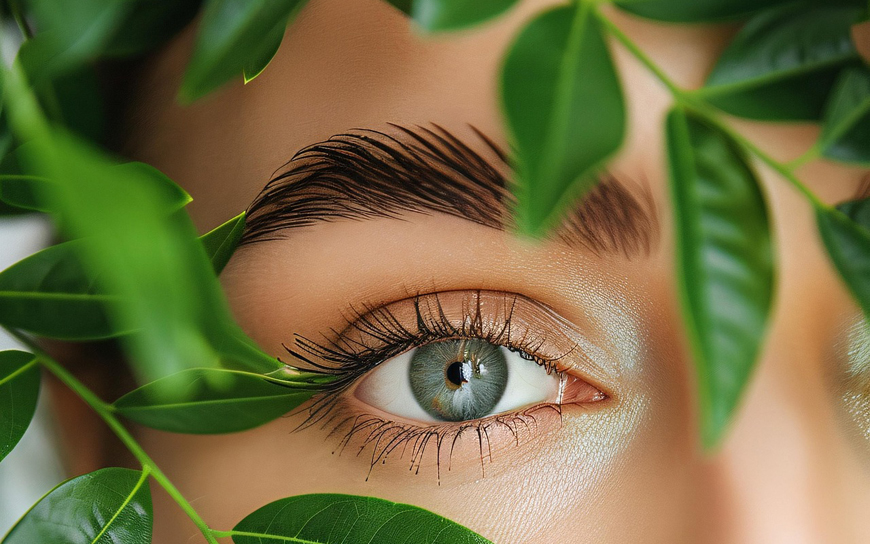
Ever heard of dry brushing? Incorporating dry brushing into your self-care routine is an easy and natural way to improve your skin’s texture, enhance circulation, and promote overall wellness. Let’s learn more!
What is Dry Brushing?
Dry brushing is a simple yet powerful skincare technique that involves using a dry, firm-bristled brush to exfoliate the skin. This practice is designed to remove dead skin cells, stimulate circulation, and promote overall skin health. Unlike traditional exfoliation methods that rely on scrubs or chemical exfoliants, dry brushing is performed on dry skin before showering, allowing for a deeper and more effective cleanse.
The Benefits of Dry Brushing

Exfoliation: Dry brushing removes dead cells and leaves the skin looking smoother and more radiant.
Improves circulation: One of its primary advantages is improving circulation and lymphatic drainage, which can help flush toxins from the body and support the immune system.
Combats blocked pores: It also helps to unclog pores, allowing the skin to breathe and absorb moisturizers more effectively.
Reduces cellulite: Additionally, it may reduce the appearance of cellulite by breaking down fatty deposits under the skin.
Supplies Needed for Dry Brushing
To get started with dry brushing, you’ll need a high-quality body brush with firm, natural bristles. Brushes come in different shapes and sizes, including those with long handles for reaching your back and those with a handheld design for more control. Some brushes also feature a combination of bristles and massage nodules for added benefits. For individuals with sensitive skin, a softer-bristled brush may be preferable. It’s also helpful to have a nourishing body oil or lotion on hand to apply after brushing to keep the skin hydrated.
How to Dry Brush Correctly

To dry brush effectively, start with dry skin before you shower. Use gentle, upward strokes, beginning at your feet and working your way toward your heart. This motion helps promote circulation and lymphatic flow. Move in long, sweeping motions on your limbs and use circular movements on areas like the stomach and joints. Avoid pressing too hard—your skin should feel invigorated, not irritated. Once you’ve brushed your entire body, rinse off in the shower and follow up with a hydrating moisturizer or body oil to replenish your skin’s moisture.
When to Avoid Dry Brushing
While dry brushing is beneficial for many people, there are certain situations where it should be avoided. If you have extremely sensitive skin, eczema, psoriasis, or any open wounds, dry brushing may cause irritation or worsen existing conditions. Those with skin infections or inflammation should also refrain from dry brushing until their skin has healed. Additionally, if you experience any discomfort, excessive redness, or irritation after brushing, consider switching to a softer brush or reducing the frequency of your routine.
Recommended Dry Brushing Products
To enhance your dry brushing experience, consider using high-quality brushes and skin-nourishing products.
Here are some top recommendations from our store:

Wooden Body Brush - Cleansing and Exfoliation

Wooden Body Brush with Detachable Handle

Face & Body Dry Oil - Skin First!


